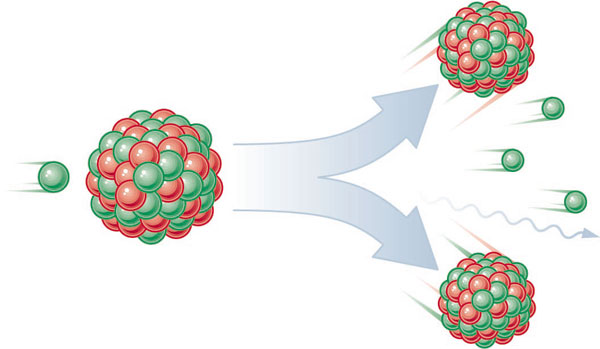Science | Jan 26, 2022
Detailed Explanation of Temperature

The natural transfer of heat energy—that is, from a hotter (higher) body to a colder (lower) body—is reflected by temperature, which is a measure of hotness or coldness represented on any of a range of arbitrary scales (one at a lower temperature). Temperature is not the same as energy in a thermodynamic system; for example, a burning match has a far higher temperature than an iceberg, yet the total heat energy in an iceberg is significantly more. Temperature, like pressure and density, is a powerful quality since it is unaffected by the amount of stuff being handled, unlike more frequent qualities like mass and volume. Despite being microscopically referable to the Gibbs statistical mechanical definition of entropy for the canonical ensemble, which takes inter particle potential into account, absolute zero of temperature is directly related to solely macroscopic thermodynamic notions, such as macroscopic entropy.
Today, there are three temperature scales that are widely used. The Fahrenheit (°F) temperature scale is used in the United States and a few other English-speaking countries. The Celsius (°C) temperature scale is widely used in science and is used in almost all countries that have adopted the metric measuring system. The Kelvin (K) scale is the international standard for measuring temperature in scientific applications. It's an absolute temperature scale (created by reversing the Celsius scale by 273.15° such that absolute zero equals 0 K). The kelvin equals one Celsius degree, whereas the degree Rankine (°R) equals one Fahrenheit degree.
In the 18th and 19th centuries, the Réaumur (°Re) temperature scale (or octogesima division) was commonly employed in areas of Europe; it was afterwards largely used to measure the temperature of combinations during brewing, syrups in the preparation of specific culinary items, and milk during cheese production.
|
Conversion |
Equation |
|
Celsius to Fahrenheit |
TF=9/5Tc+ 32
|
|
Fahrenheit to celsius |
TC=5/9 TF-32 |
|
Celsius to kelvin |
TK =Tc+ 273.15 |
|
Kelvin to celsius |
TC=TK-273.15 |
|
Fahrenheit to kelvin |
TK=5/9(T(F0)−32)+273.15
|
|
Kelvin to Fahrenheit |
TF=9/5(T(K0)−273.15)+32 |
The physical and chemical processes of life are affected by variations in temperature. The following are a few of them. It has an impact on the solubility, density, vapor pressure, physical characteristics, and electrical conductivity of many materials.
Temperature has an impact on the pace of a chemical reaction. Temperature has an impact on thermal radiation emitted from the surface of things.
By international agreement, a temperature scale is defined and said to be absolute because it is independent of the characteristics of particular thermometric substances and thermometer mechanisms, referring to the Boltzmann constant, the Maxwell–Boltzmann distribution, and the Boltzmann statistical mechanical definition of entropy, as opposed to the Gibbs definition, for independently moving microscopic particles, disregarding inter particle potential energy. It does not have a reference temperature other than absolute zero. The Kelvin scale is a frequently used scale in science and technology. In the International System of Units, the kelvin (spelled with a lower-case k) is the temperature unit (SI). In its own state of thermodynamic equilibrium, a body's temperature is always positive in relation to absolute zero.
A thermodynamic temperature scale, developed by Lord Kelvin, exists in addition to the globally acknowledged Kelvin scale, with its numerical zero at 0°C.
****************************************************************************************
Want access to expert academic guidance — for free? When you create your free Vnaya account, you will have an option to ask a Question, Book a Demo session, talk to our Academic Experts, and get Professional Parenting Support —all for Free! Our Academic Counselor will help you learn how to improve your academic performance by assessing your learning style and curating a personalized lesson plan for you!
Sign up for your Vnaya account today to get a boost on your academic quest.
















Post a Comment: